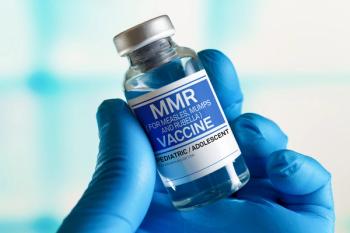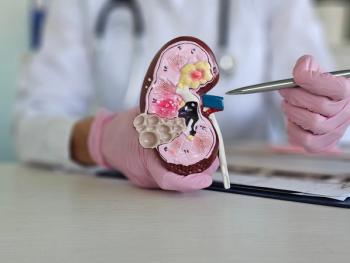
Study: Patients with Pre-Symptomatic Spinal Muscular Atrophy Demonstrate Sustained Benefit from Nusinersen
After up to 4.8 years of treatment with nusinersen, 100% of children with spinal muscular atrophy (SMA) who were treated pre-symptomatically are still alive.
Results from the recent Nurture study have found that after up to 4.8 years of treatment with nusinersen (Spinraza, Biogen), 100% of children with spinal muscular atrophy (SMA) who were treated pre-symptomatically are still alive.
Nusinersen is the first therapy approved for infants, children, and adults with SMA, and has been used in more than 10,000 individuals as of March 31, 2020. The drug is an antisense oligonucleotide designed to increase the amount of full-length survival motor neuron protein, which is critical to maintaining motor neurons. It is administered via intrathecal injection into the fluid surrounding the spinal cord.
SMA is characterized by the loss of motor neurons in the spinal cord and lower brain stem, which can result in severe, progressive muscle atrophy and weakness. According to a press release from Biogen, approximately 1 in 10,000 live births have an SMA diagnosis.
The Nurture study is an ongoing, phase 2, open-label trial of 25 pre-symptomatic patients with a genetic SMA diagnosis who received their first dose of nusinersen before 6 weeks of age.
According to the new findings, which were presented at the virtual Cure SMA Research and Clinical Care Meeting, early and sustained treatment with nusinersen enabled unprecedented survival in infants genetically diagnosed with SMA. Furthermore, patients who received nusinersen continued to maintain and make gains in motor function compared with the natural course of the disease.
The press release noted that without treatment, the majority of children with SMA Type 1 would not reach their second birthday.
“The impact of early and sustained Spinraza treatment on these infants and their families is remarkable,” said Kathryn Swoboda, MD, director of the neurogenetics program at Massachusetts General Hospital, in a press release. “I’ve had the privilege to watch them grow into active young children, many of whom have experienced progress in motor function consistent with children their age who do not have SMA.”
Results from the updated interim analysis announced in February 2020 found that all study patients who were previously able to walk with assistance (92%) and walk independently (88%) maintained that ability over the 11 months since the last data cut-off. Over the 11 months of follow-up, 1 child gained the ability to walk with assistance. The drug was well-tolerated, with no new safety concerns identified over the extended follow-up period.
“The new results from Nurture continue to bolster the substantial benefit of both prompt diagnosis and early and longer-term treatment with Spinraza,” Swoboda concluded.
REFERENCE
New Results from Landmark Nurture Study Show that Pre-Symptomatic SMA Patients Treated with Spinraza (Nusinersen) Continue to Demonstrate Sustained Benefit from Treatment [news release]. Biogen; June 10, 2020.
Newsletter
Stay informed on drug updates, treatment guidelines, and pharmacy practice trends—subscribe to Pharmacy Times for weekly clinical insights.














































































































































































































